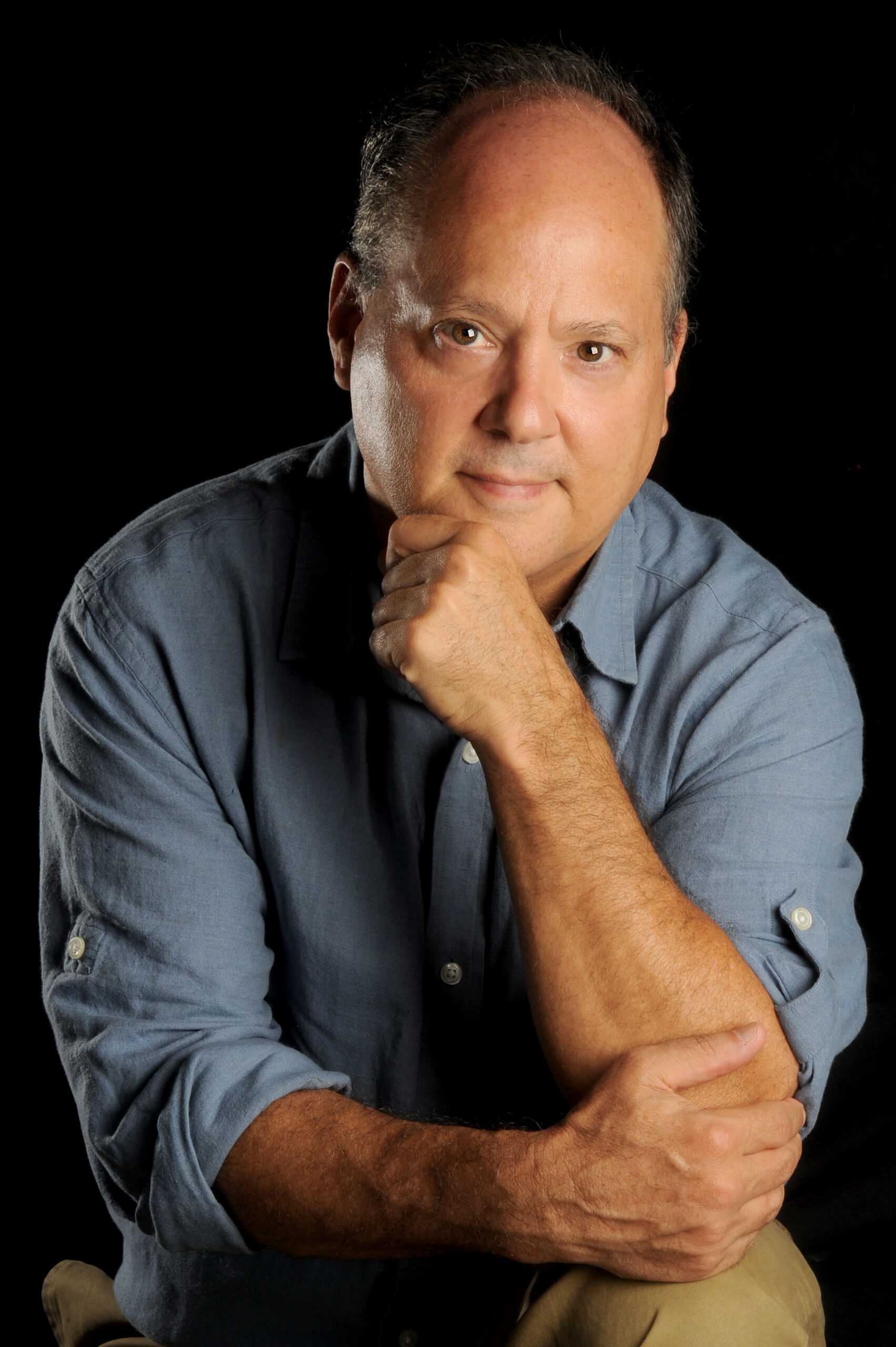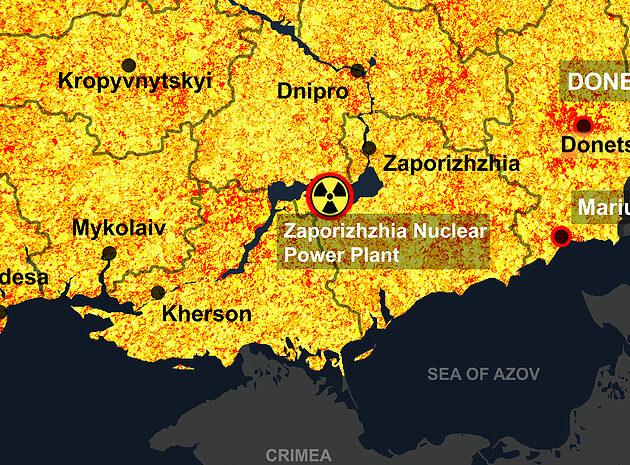When the Chernobyl nuclear accident happened on April 26, 1986, Maia Mendel was five months pregnant with her daughter Julia, who would become President Volodymyr Zelensky’s press secretary. Radiation had permeated the region, causing Maia to worry that she would give birth to a baby without organs.
That fateful day was also Volodymyr Mendel’s birthday. As Julia explains, the proud parents-to-be wore all-white clothes that instantly turned a filthy gray because of the plant’s meltdown.
Nearly 40 years later, Ukrainians are reliving those same fears. Indeed, Kyrylo Budanov, head of Ukraine’s Defense Intelligence, reports that Russia has drafted plans to blow up the Zaporizhzhia Nuclear Power Plant (ZNPP.) President Vladimir Putin can issue an order to take out the facility — not a stretch given Russia’s earlier attack on the now-mothballed Chernobyl plant and the destruction of the Kakhovka dam, an act of ecocide that released industrial lubricants, chemicals and fertilizers.
“If Putin cannot win the war on the ground, he can certainly order an ‘accident’ at the ZNPP,” says Julia Mendel, also the author of “The Fight for our Lives.”’
ZNPP has shut down five of its six nuclear reactors. The sixth produces enough power to operate the plant. There’s enough cooling water to ensure the reactors do not melt down. But Russian troops now occupy the facility, and a direct hit to it could change that. Altogether, Ukraine has 15 working nuclear reactors at four plants that, before the war, supplied half of the country’s electricity.
Putin values the Russian state above all else. But his mercenaries rebelled and marched within 125 miles of Moscow with little resistance, emasculating him. While the Wagner Group may have turned back, those soldiers still exposed Putin’s weaknesses. And now the autocrat has to solidify his grasp on power. How?
Igor Novikov, who advised Zelenksky on U.S.-Ukrainian relations, said the accident at Chernobyl has left an indelible mark on every Ukrainian who lived through that time. To some extent, it has hardened its people, turning them into warriors. Consider: when Russia started the all-out war in February 2022, it unleashed a barrage of missiles, creating widespread panic. But survival mode and the fighting instinct kick in, requiring “level-headed thinking.”
The fear of a deliberate nuclear attack does not keep Ukrainians from sleeping. But it does force citizens to look daily at the country’s radiation maps and where the prevailing winds are blowing.
“We are playing with fire, and it is just a matter of time,” Novikov said.
So why stay in Ukraine? Putin aims to terrorize the Ukrainian population — to get the people to leave so that he does not have to blow up a nuclear plant. He used the same logic when Russia’s military invaded in February 2022. But evacuating strengthens Putin’s hand. And if he destroys the ZNPP and everyone goes, there is no guarantee he won’t wreck other nuclear plants — even those elsewhere in Europe, Novikov said.
So how does this end? The thinking is that Russia plans to “escalate-to-de-escalate” — or to use limited nuclear strikes in a regional conflict to gain bargaining power and bring peace. However, Novikov describes Putin as a byproduct of the former Soviet Union — an imperialist who craters to brute force.
In 2014, Putin took Crimea without a battle and with little complaint from the West. Therefore, he thought he could easily conquer Ukraine in 2022. But the despot miscalculated, and Ukraine fought back. “He got punched in the face at the fight he started,” Novikov said. “Now his regime is weaker.
“This war ends very dramatically — whether it is regime change or a nuclear strike,” he continued. “He may first take out ZNPP. If he blows it up and the West does nothing, it opens the path for Putin to use nuclear weapons.”
Placating Putin is counterproductive. Confronting him is the answer. It is the only language he understands and is precisely what the Ukrainians are doing — and why the West must remain committed to the cause.


